General Meetings
CHH meets as a memberships the third Saturday of the month, August through May.
On occasion, meetings are moved due to holidays or other events,
so please check the calendar.
General meetings feature a fiber-based program and business meeting to inform members of current happenings.
Holiday Guild Party
Sunday, December 14
12:00 to 4:00 p.m.
@
Guild House
Members may click here for zoom link (must be logged in).
Meeting ID: 298 814 7310
Passcode: weave
You are all invited! Feel free to bring friends and family as well. This will be a potluck so please come with a dish of choice (appetizer, main course or dessert) and enjoy!
Remember! We will NOT have a meeting in December, instead we will have our Holiday Party. We hope to see you there! If you have any questions please reach out to Din at programs@weavehouston.org.
Our guild meeting will be held at the Guild House as usual and broadcast live via Zoom. Request from members attending: Please do not record the meeting or take photographs when zooming in.
Upcoming Programs:
– 2026 –
Past Programs
Angie Parker
Saturday, November 15
Angie Parker has a worldwide reputation for weaving krokbragd, and her passion for this technique shines through in her work. Her expertly-executed rugs, wall hangings, furnishings and artworks are known for their joyful colour combinations, as well as their exquisite finishing.
In addition to exhibiting and selling her work, she regularly teaches and is a passionate advocate for running a profitable craft business, and the sustainability of craft practices for the contemporary maker.
You can learn more about her here on her website.
Manis Saksena of Aadyam Handwoven
Saturday, October 18
Lifestyle specialist Manish Saksena is a Business Lead for Aadyam Handwoven and an Advisor for Tommy Hilfiger & Calvin Klein. With 31 years of experience in product, brand management, design, marketing, store design, visual merchandising and backend operations in retail industry, Manish brings with him a wealth of core consumer experience.
From leading the growth, expansion and profitability of the iconic brand Tommy Hilfiger in India as COO for its India operations, he made his foray into the ecommerce environment as a co-founder with LimeRoad & consulting for Amazon while pursuing his passion to engage with weavers in different craft clusters to create sarees as a passion.
Textile artist Elin Noble
Saturday, September 20
Textile artist and dyer Elin Noble spoke about her dyeing process and how she creates such stunning artwork!
From her website: Elin’s artwork combines traditional and innovate approaches to dyeing, using subtle and bold color juxtapositions. Her love of color, texture, and abstract geometric compositions show up in her complex itajime dyed fabric, quilts, and installations.
You can learn more about her and see her incredible dyed work on her website or on her Instagram.
Treasures and Textiles from India with Tracy Kaestner and Laura Viada
Saturday, August 16
Tracy Kaestner and Laura Viada visited India in March. For our August meeting they are planning a big Show and Tell sharing the sights and stories from their trip. They did (of course) stuff their bags with treasures! In anticipation of this program they brought back goodies that will be the door prizes for the meeting.
Kristin Marie Bachmann
At the Still Point
Saturday, April 19
She’ll discuss how she employs weave structures to explore the boundaries between drawing, painting, sculpture, and installation, and to reflect on the relationship between textiles and art history. She’ll also discuss how she draws on broad traditions of artmaking to make an argument for elegant form
Molly Koehn
Communing With Plants
Saturday, March 15
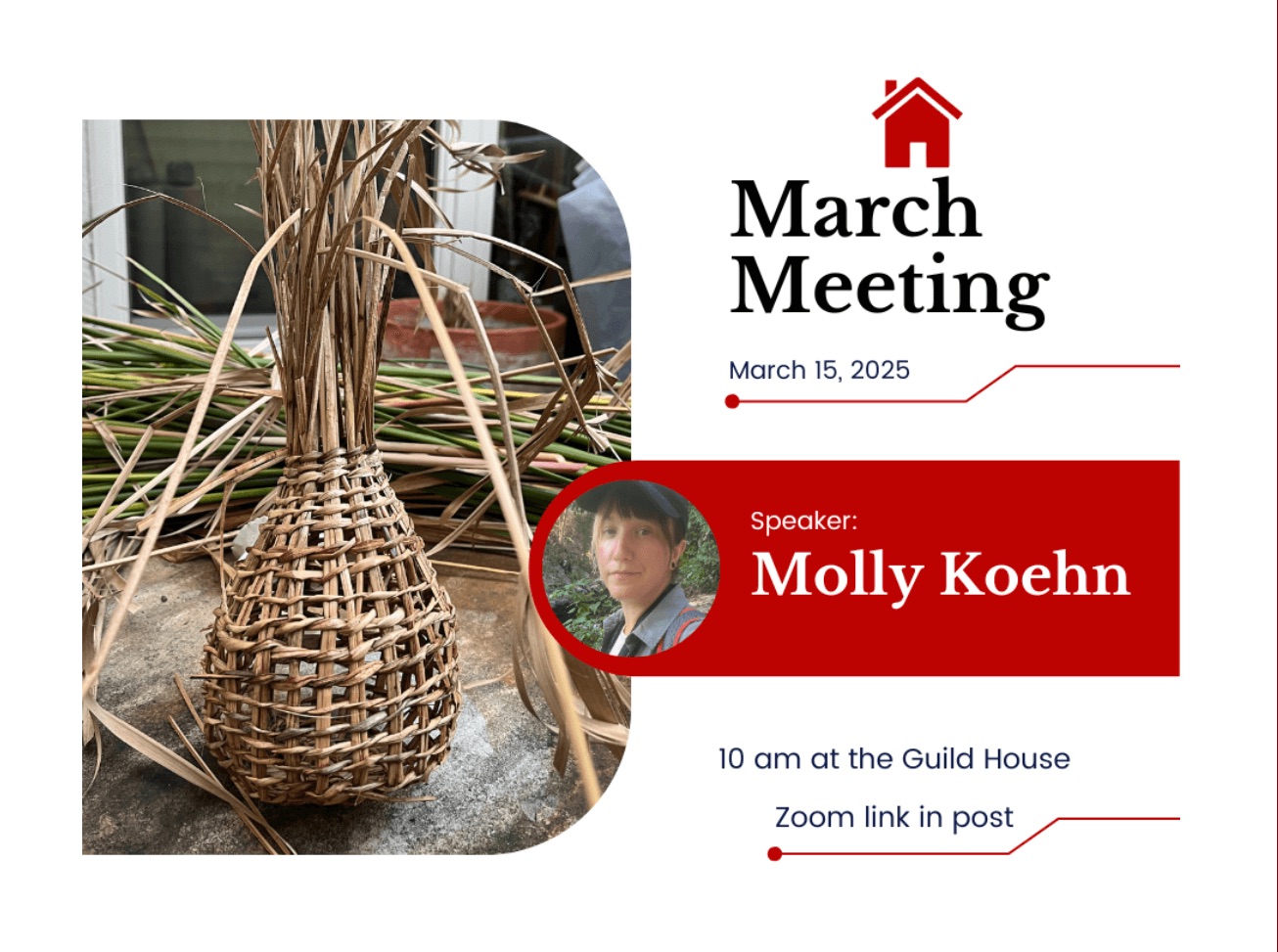
Our very own Molly Koehn will be presenting at our March meeting!
“It has been eight years since my last presentation to CHH, and by a twist of thread, I have been invited to give another! A lot has grown since then, including my craft and interests!
Over the last two years, I have been harvesting plants to use for fibers, either in the wild or from the Houston Center for Contemporary Craft. Re-ignited by makers like Suzie Grieve (@foragedfibers), inklings of growing and processing plant fibers had been percolating within me for some time. Now, with access to the materials and knowledge, this interest has had space to flourish. So, whether you were here for my first presentation or are new to my work, I am excited to bring you along my journey of exploring plants for fiber and basketry.
Besides images and lots of samples, the presentation will include a demonstration of making 2-ply cordage and materials for you to follow along. I’ll discuss where this interest started, sources of knowledge and inspiration, plants I’ve worked with, and where I hope this new avenue in my creative practice takes me.”
You can find more information about Molly and her work on her Instagram account @mollymoso and her website https://www.
Jo Andrews
Haptic & Hue
Saturday, February 15
We were so excited to have had Jo Andrews of Haptic & Hue as our February presenter via Zoom. Her popular podcast is a wonderful way to learn more about weaving and textiles traditions around the world.
Jo uploaded the first podcast in September 2020 and it was about the legendary Anglo-Trinidadian textile designer, Althea McNish. Since then she has been happily creating Haptic & Hue episodes about the often forgotten role textiles play in our lives and our communities. She is a handweaver who weaves mainly with natural fibres on either an eight-shaft or a four-shaft loom. In her former life, she was a reporter and senior correspondent for Independent Television News of London.
You can find more information about Jo and Haptic & Hue on her Instagram account @hapticandhue and her website https://
Theo Rooden
Saturday, January 18
Theo Rooden spoke at our first general meeting of 2025. He is a designer and visual artist based in the Netherlands exploring geometric shapes.
His works are created through a process of endlessly repetitive actions: drawing, folding, rolling, gluing, cutting, and since 2019 only, weaving. His production in fabrics consists of fabrics for the wall and rugs. At the end of 2020, he presented his collection of tapestries Shadow of a Doubt. At the beginning of 2021, he showed his Trom Plui rug collection. Currently he is interested in damask weaving techniques.
You can find more information about Theo on his Instagram account @theo.rooden.art.weaving and his website https://www.
Dawn Edwards
Felt…
An Ancient Material for Modern Creations
Saturday, October 19
“Felt…An Ancient Material for Modern Creations”, gives a bit of information on felt history, and then moves on to more modern felt applications, including images of Dawn’s work and travels.
The roots of felt lie deep in the history of humanity. Surely our ancestors of long ago benefitted from the works created by the hands of feltmakers, or were feltmakers themselves. And, we share this link with history.
Join Dawn and CHH as we explore the wonders of feltmaking.
John Mullarkey
Warping the Fabric of Time: New ways of looking at an ancient technique
Thursday, September 19
Virginia Postrel
The Fabric of
Our Civilization
Saturday, August 17
Our speaker for the August meeting was Virginia Postrel the author of The Fabric of Civilization.
The story of humanity is the story of textiles—as old as civilization itself. Since the first thread was spun, the need for textiles has driven technology, business, politics, and culture.
In The Fabric of Civilization, Virginia Postrel synthesizes groundbreaking research from archaeology, economics, and science to reveal a surprising history. From Minoans exporting wool colored with precious purple dye to Egypt, to Romans arrayed in costly Chinese silk, the cloth trade paved the crossroads of the ancient world. Textiles funded the Renaissance and the Mughal Empire; they gave us banks and bookkeeping, Michelangelo’s David and the Taj Mahal. The cloth business spread the alphabet and arithmetic, propelled chemical research, and taught people to think in binary code.
Assiduously researched and deftly narrated, The Fabric of Civilization tells the story of the world’s most influential commodity.
Imiloa Collective
Priya Ramkissoon
Saturday, April 20
The Imiloa Collective, originating in Mauritius, Southern Africa is a dynamic social creative enterprise with a global impact. We connect and support artisans, marginalized communities, women entrepreneurs and refugee women in both the USA and Southern Africa, preserving traditional crafts and empowering women through essential skills training and entrepreneurial opportunities.
Our focus on artisans and creatives aims to foster individual growth and contribute to the thriving resilience of underserved communities in the United States and Africa. Imiloa Collective passionately cultivates cross-cultural creativity, aiming to bridge cultures and build a global community that positively impacts individuals from diverse backgrounds.
Saturday, March 16
Tracy Kaestner published an article in Weavers magazine in the late 1980’s. One article led to another and another. Now almost 40 years and 80 plus articles later she realized she has documented her weaving life in print.
Connie Lippert
Wedge Weaving
Thursday, February 15
Our February speaker was Connie Lippert. Connie weaves tapestries using the wedge weave technique with yarns hand-dyed using natural materials. Her work has been exhibited in 30 states and has been accepted into over 150 juried exhibitions. She has received several artist grants from the South Carolina Arts Commission.

Christine Miller
Wire as Fiber
Saturday, January 20

HCCC Residents Terumi Saito and Qiqing Lin
speak about their artistic practices
Saturday, November 18, 2023
Qiqing (pronounced Chi-Ching)
Terumi Saito is a textile artist and designer based in New York. Using traditional and ancient methods of backstrap weaving, which she learned from masters in Peru and Guatemala, Saito creates sculpture that represents a form of protection.
Saito received a BFA in graphic design from Tama Art University in Tokyo, Japan, and an MFA in textiles from Parsons School of Design in New York.
Thursday, October 19,
2023
Michael Cook
Silk Reeling
Our October meeting presentation was given by silk pundit, Michael Cook. .
The unwinding of a silk cocoon is a marvel of both nature and human ingenuity. We leared about how this miraculous Queen of Fibers is cultivated, processed, and utilized in a variety of forms, and see a demonstration of how the cocoons themselves are unwound – each cocoon a single, unbroken fiber up to nine-tenths of a mile long.
Michael Cook has been raising and working with silk since 2001. He learned to sew, crochet, and embroider at the feet of his grandmother when he was probably too short for the sharp scissors with which he was entrusted and went on to learn to weave, spin, and knit.
This talk covered a little bit of sericulture, a significant amount of silk processing, and some discussion of applications and techniques for using silk in handwork. And he brought silk worms!
Saturday, September 16, 2023
Karen Selk
Our September meeting presentation was given by Karen Selk about the wonders of working with silk.
In Karen’s own words, “Wild silk is much more than the miraculous journey of metamorphosis from caterpillar to silken luxury. It is tightly woven to an ancient living culture raising tasar, muga, and eri silkworms in remote forests of central and eastern India.
Raising wild silkworms, reeling cocoons, spinning fiber and weaving silk cloth provides sustainable work, while protecting the environment, and supporting communities. Photos and stories captured from weavers, spinners, and silkworm farmers over thirty years of research will transport you into their homes and villages to witness the love and dedication involved in each part of the process from soil to cloth.”
Saturday, August 19, 2023
Mahmoud and Alyssa
Arabic Weaving
Mahmoud and Alyssa like to incorporate modern designs with traditional Arabic weaving methods. In this presentation, they will tell their story of their journeys in Syria, UAE, Turkey, and the US, as well as discuss Arabic weaving traditions and history.
Mahmoud and Alyssa are a Syrian-American handweaving family. They met during a chance encounter in Dubai in 2019 and instantly bonded over their shared love of weaving. Mahmoud’s family in Syria has been weaving for hundreds of years, and he learned the art at a young age.
In Dubai, they owned a store where they sold handmade kilims, fine antique carpets, and other Arabic and Persian items. They also had a weaving studio where they taught families the art of weft-faced weaving.
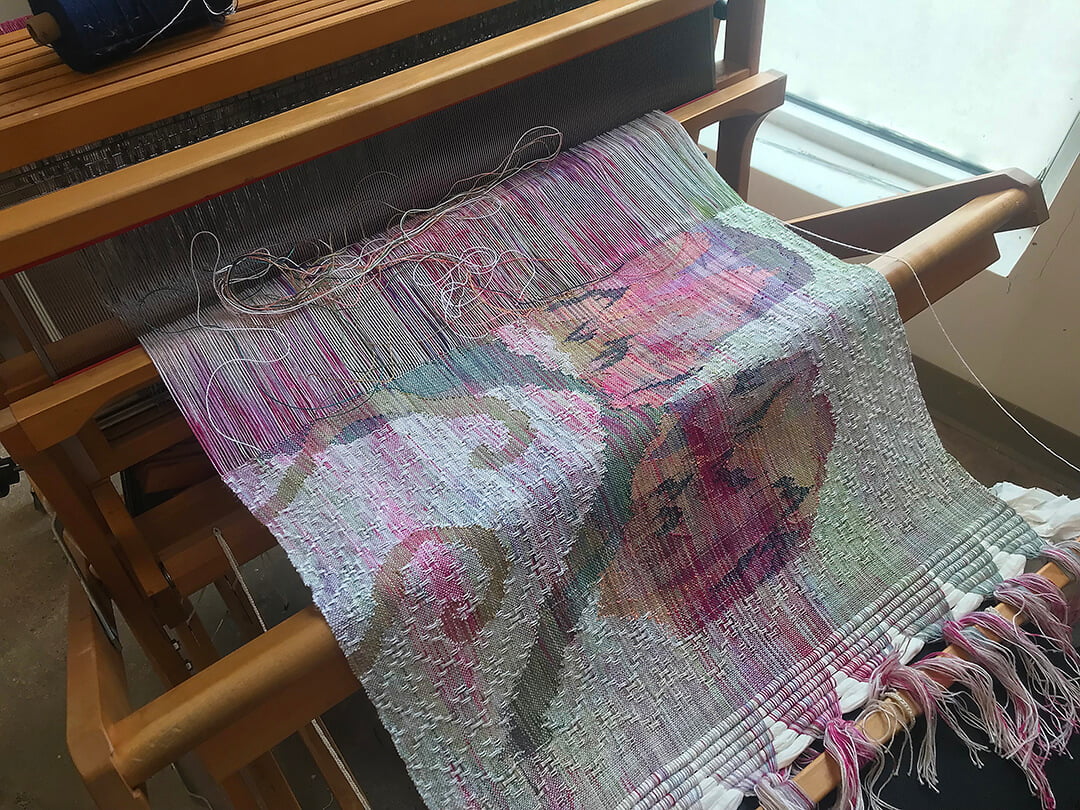
Saturday, May 20, 2023
Margot Becker
HCCC Artist-In-Residence
Margot first learned to weave in 2010 as part of a study to understand the process of creating textiles from start to finish. Following the belief that to know your production line, you must be your production line, this project became an all-encompassing life practice- incorporating animal husbandry, yarn spinning technologies and fine hand weaving. Her work has been exhibited in New York, San Francisco, Los Angeles, Chicago and Houston. She received her BA in studio art from Bard College in 2009 and her MFA from California College of the Arts in 2020 where she was awarded the Edwin Anthony & Adelaine Boudreaux Cadogan Scholarship and the Toni A. Lowenthal Memorial Scholarship for Excellence in Textiles. She is currently a Resident Artist at the Houston Center for Contemporary Craft and the latest recipient of CHH’s Tilly Marchwinski scholarship.
Saturday, April 15, 2023
Tapestry
Blaine Davis was the main presenter for the program. He has been weaving for over 40 years, both on multi-shaft and tapestry looms. His tapestry work has been shown at the Houston Center for Contemporary Craft and in a small show in Blonduos, Iceland, where he did a one month residency at the Icelandic Textile Institute. He is also a printmaker and is currently a member of Archway Gallery in Houston.
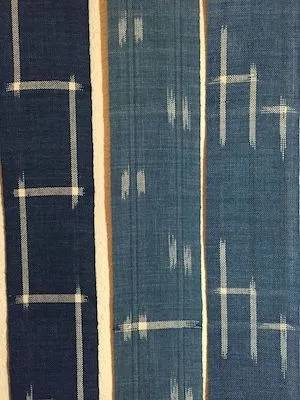
February 18, 2023
Basket Weaving
with Mary Brown
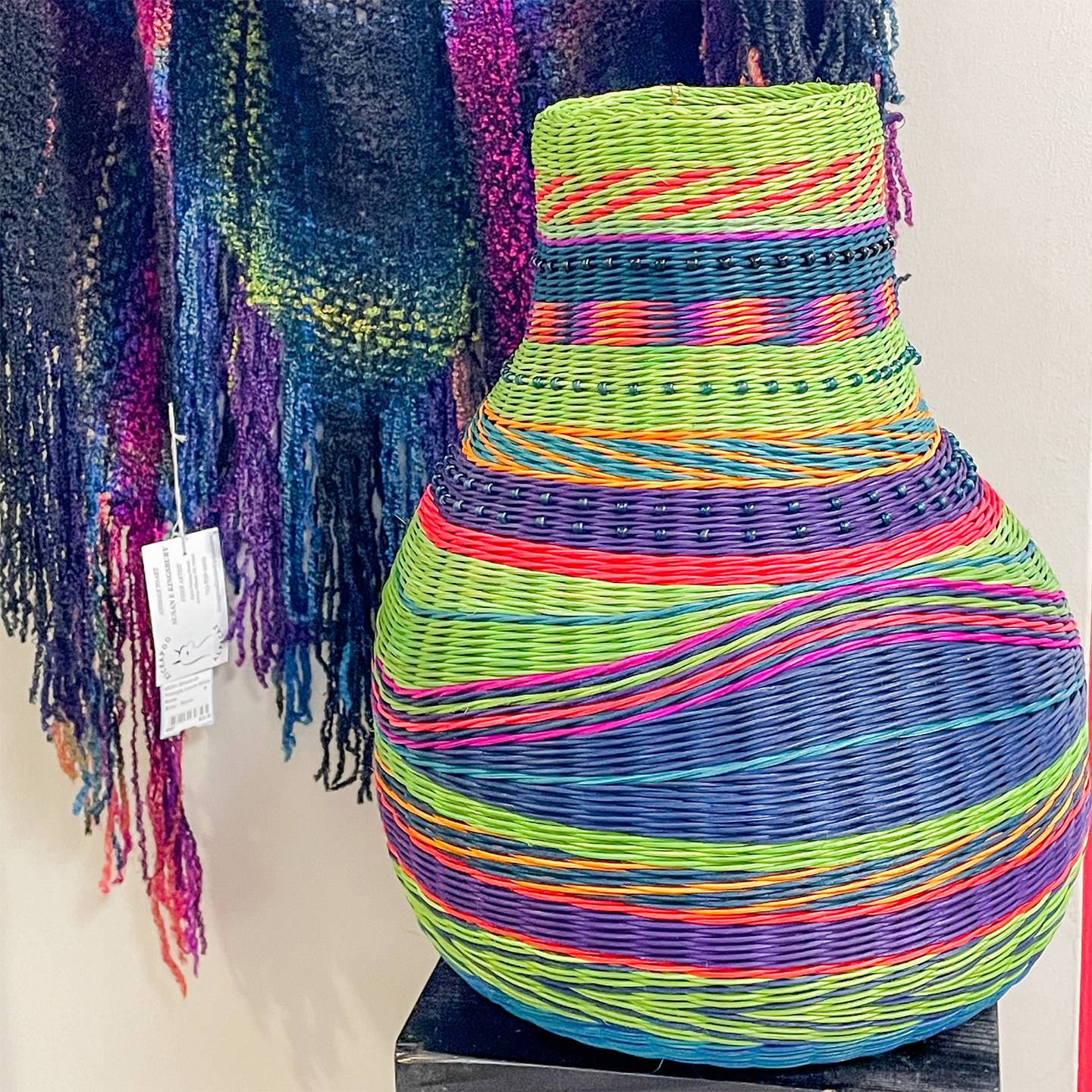
January 21, 2023
Bead Weaving:
Up Close and Personal
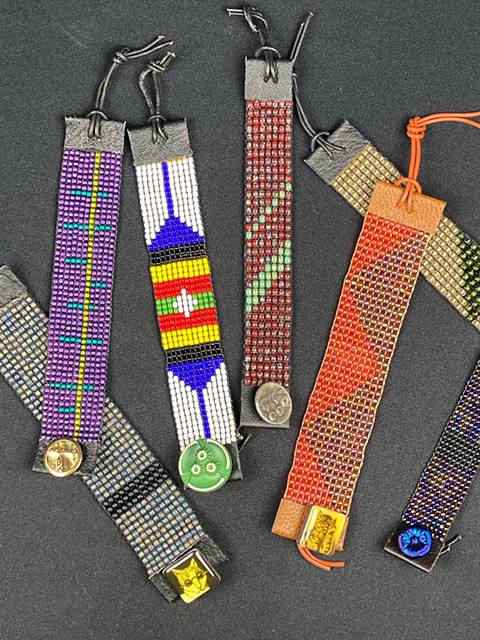
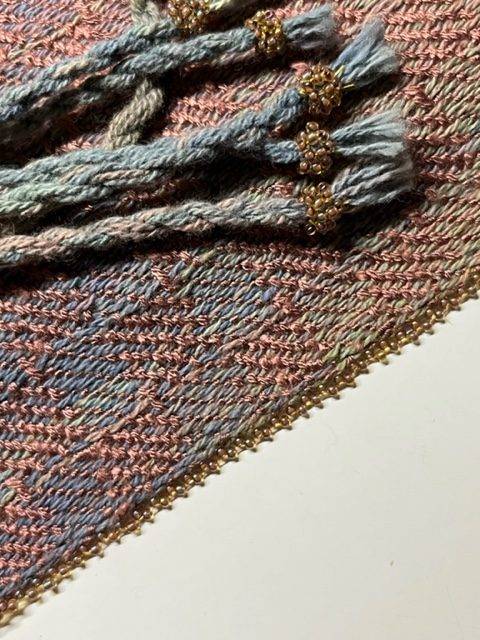
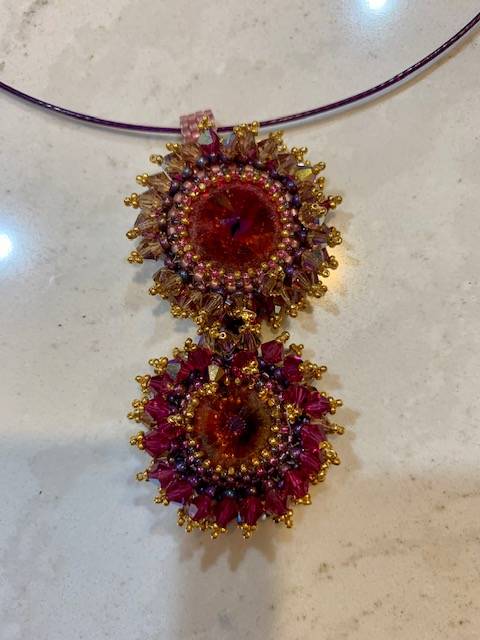
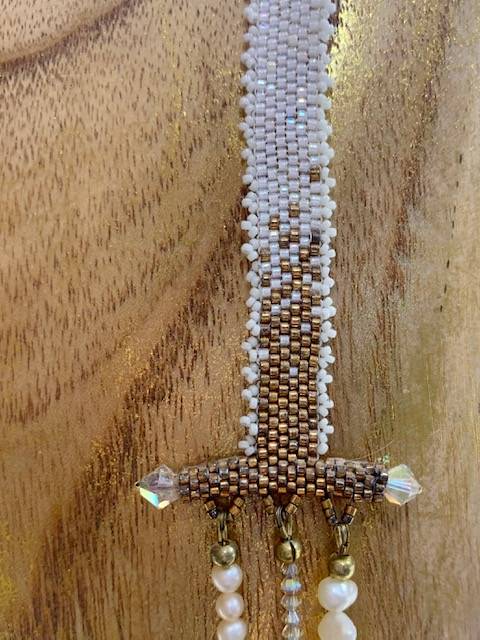
Of Memory and Matter
Shradha Kochhar
November 19, 2022
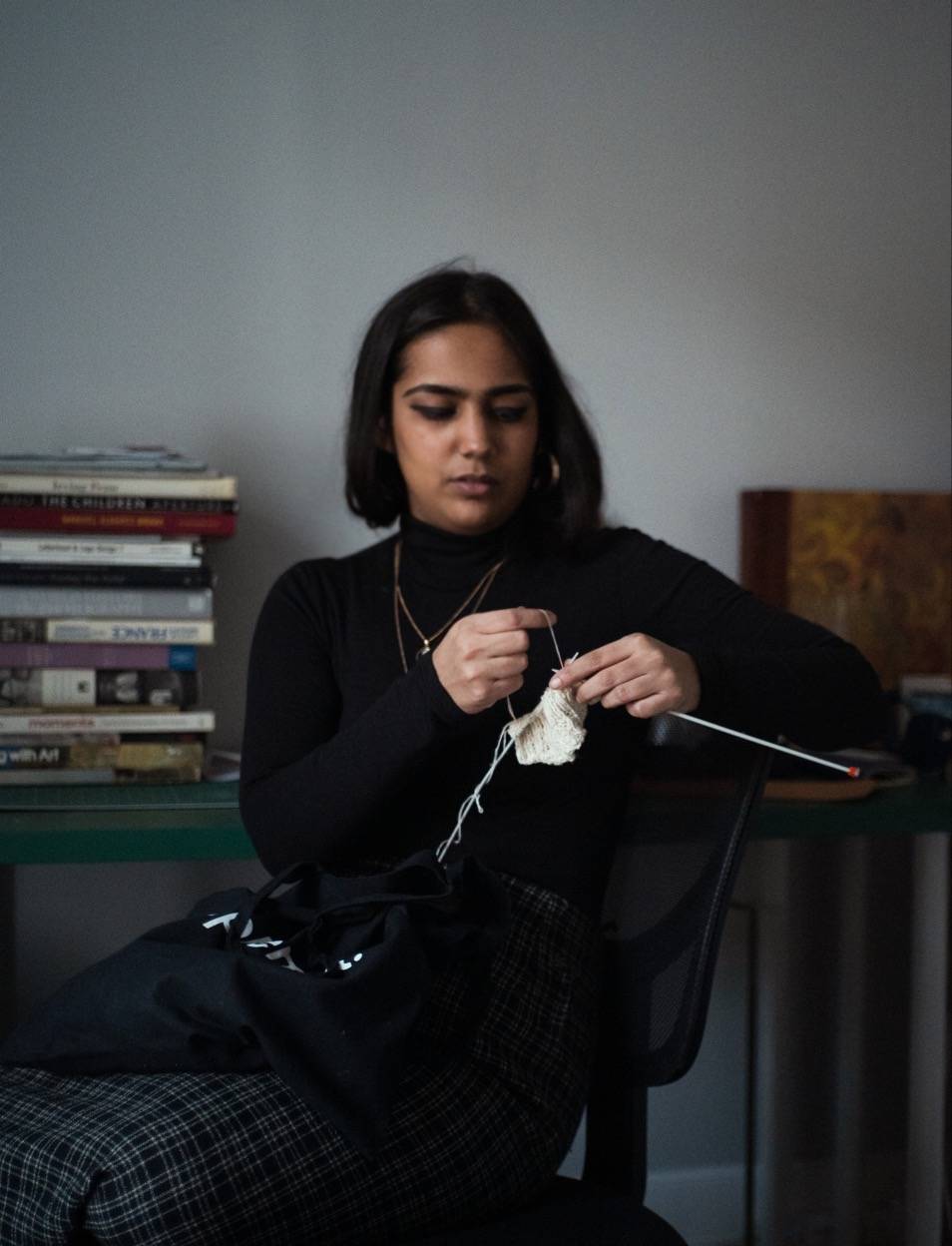
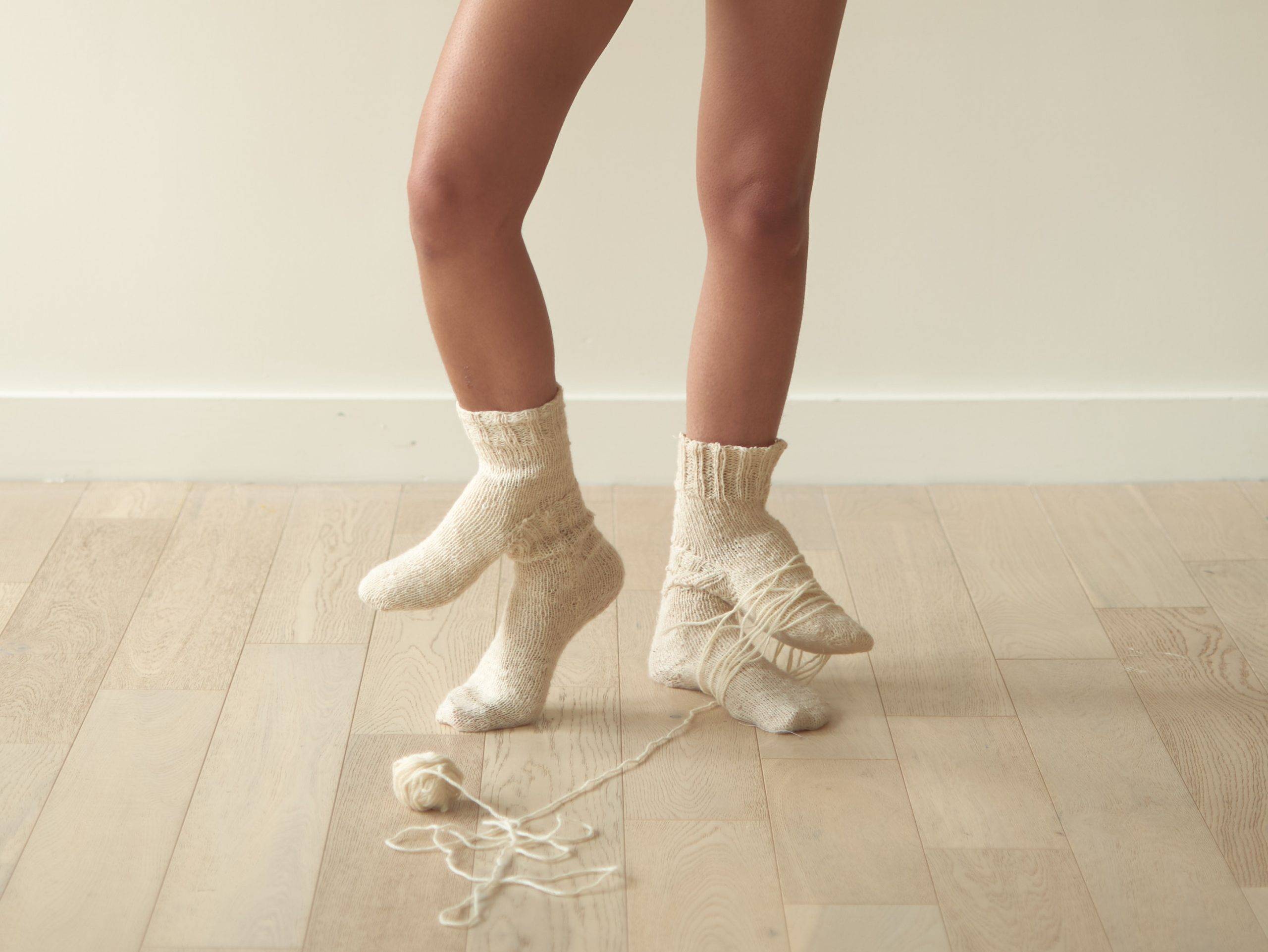
Passementerie:
An Endangered Yet Thoroughly
Contemporary Craft
by Elizabeth Ashdown
October 15, 2022
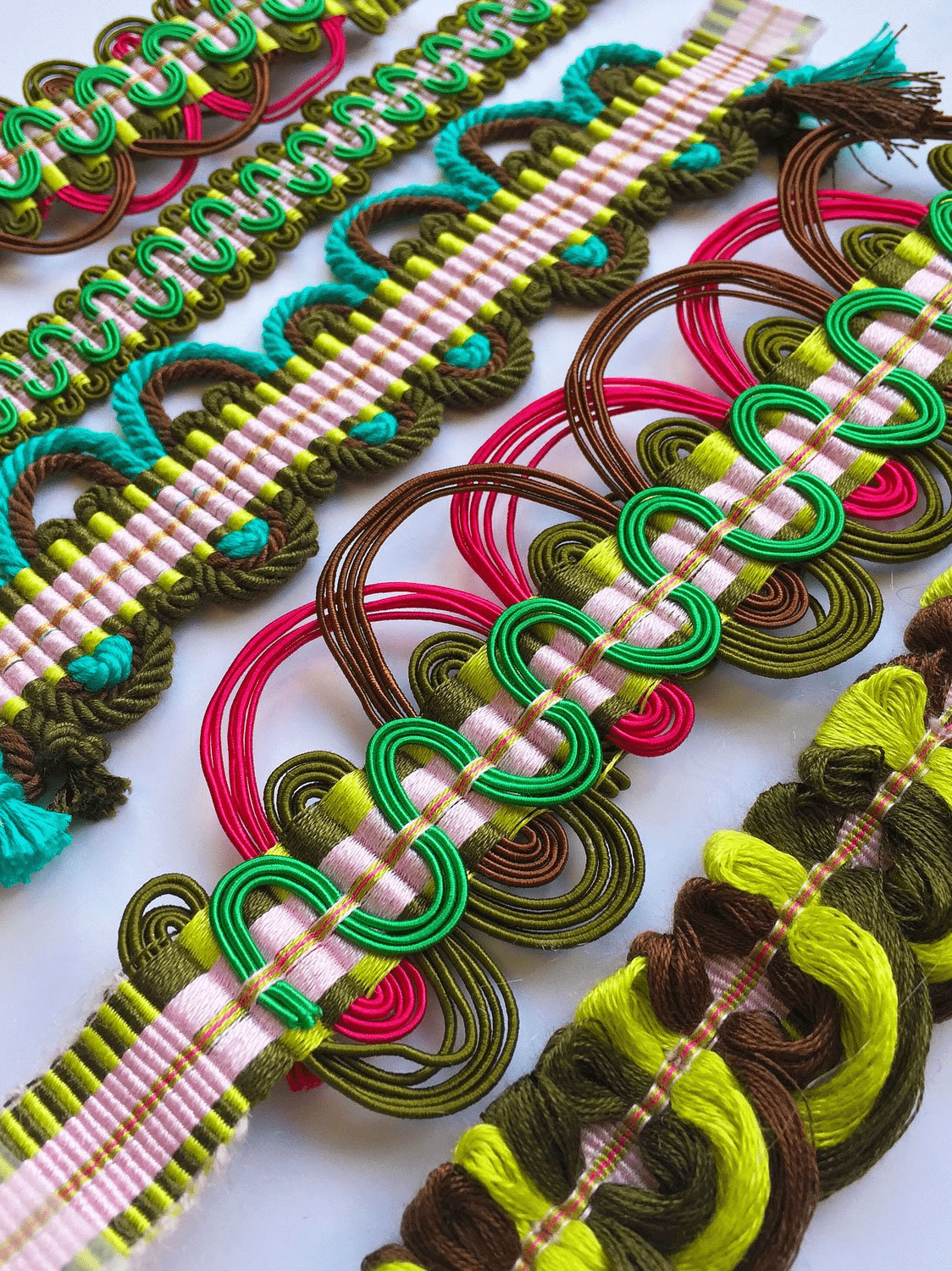
Crête, Tassel, Gimp, Galon and Bullion – just some of the fascinating and mystical terms associated with a rare and fascinating textile art. Often overlooked as a frivolous decoration, passementerie was once used as the ultimate status symbol and signifier of good taste and wealth within both interior and fashion design. Join our meeting to hear about the fascinating, and often dramatic, history of passementerie, as well as how contemporary artists and designers are reinventing this heritage craft.
October’s speaker wass Elizabeth Ashdown. Elizabeth received her MA in Textiles from the Royal College of Art and is one of a very few individuals specializing in this type of weaving. She has produced exclusive handmade designs for clients such as Liberty, the Clothworkers’ Company, Cassamance and Camira Fabrics; she has also completed multiple commissions for private clients. For more about Elizabeth and her work, please visit her website.
The Boro Phenomenon
by Yoshiko Wada
September 17, 2022

